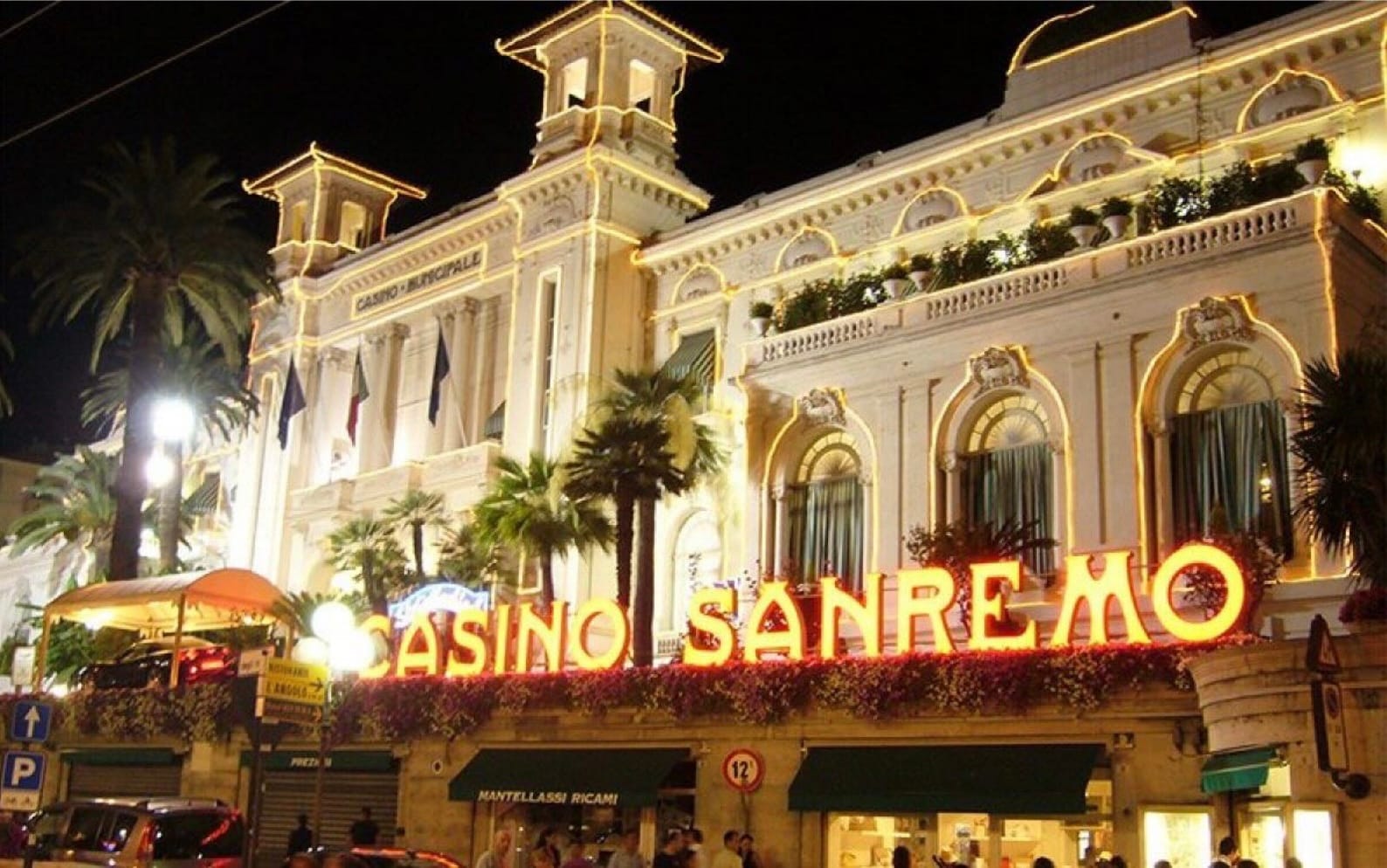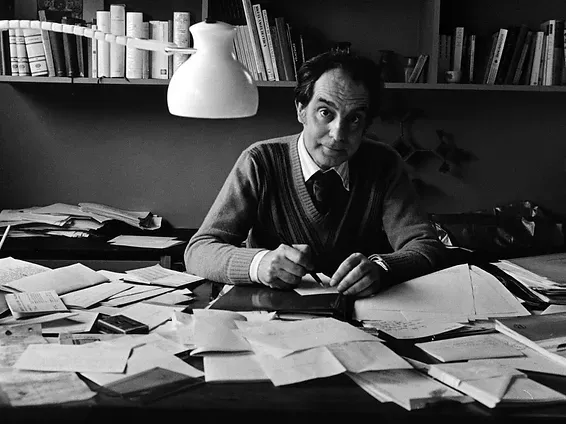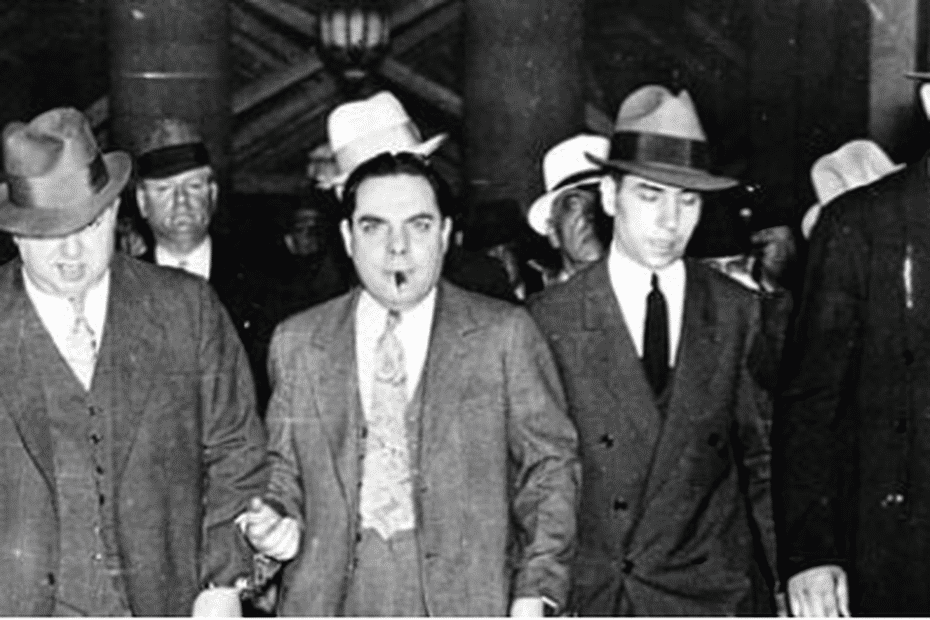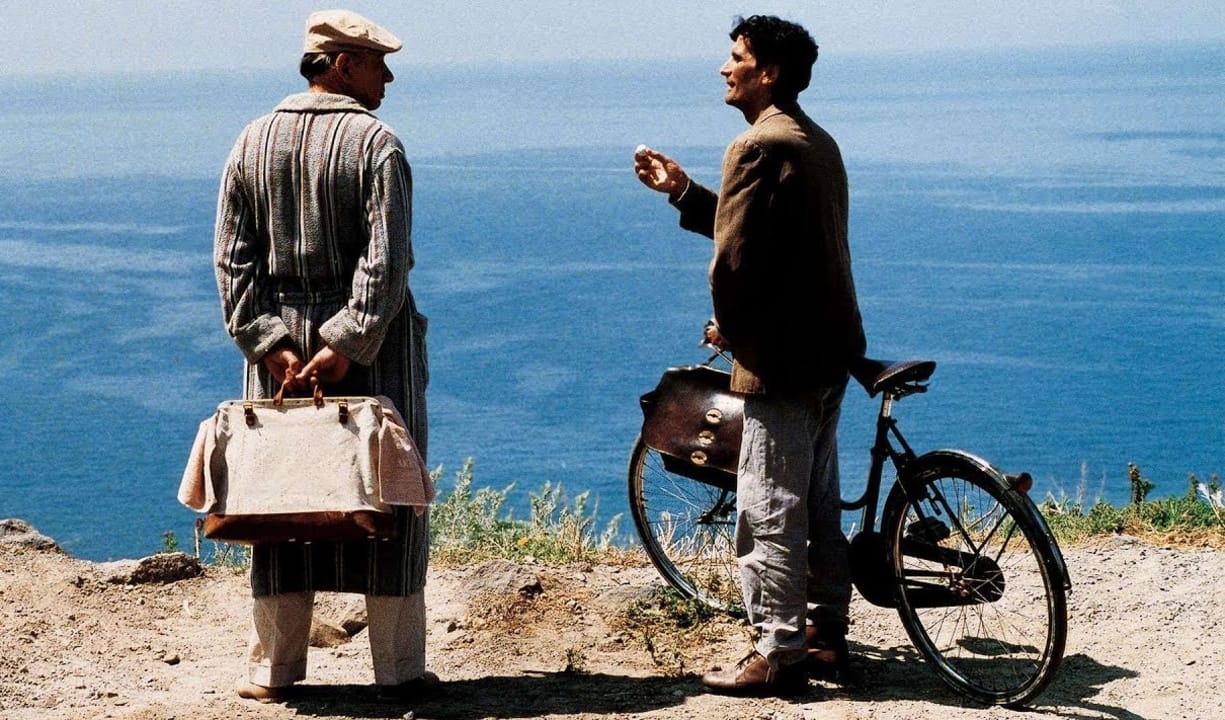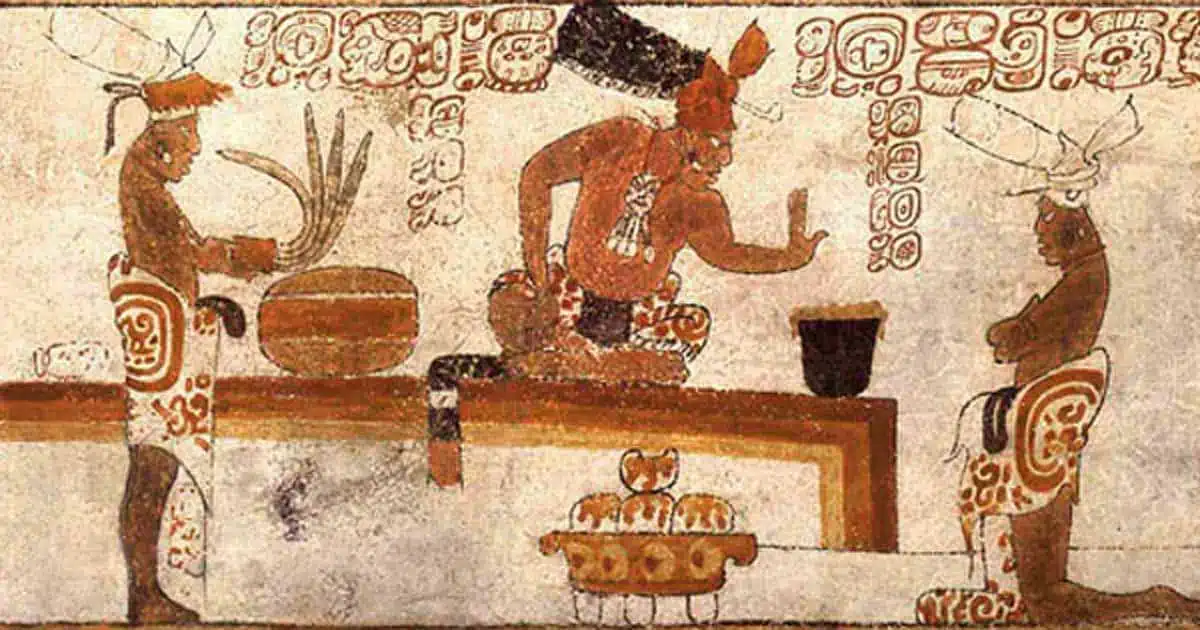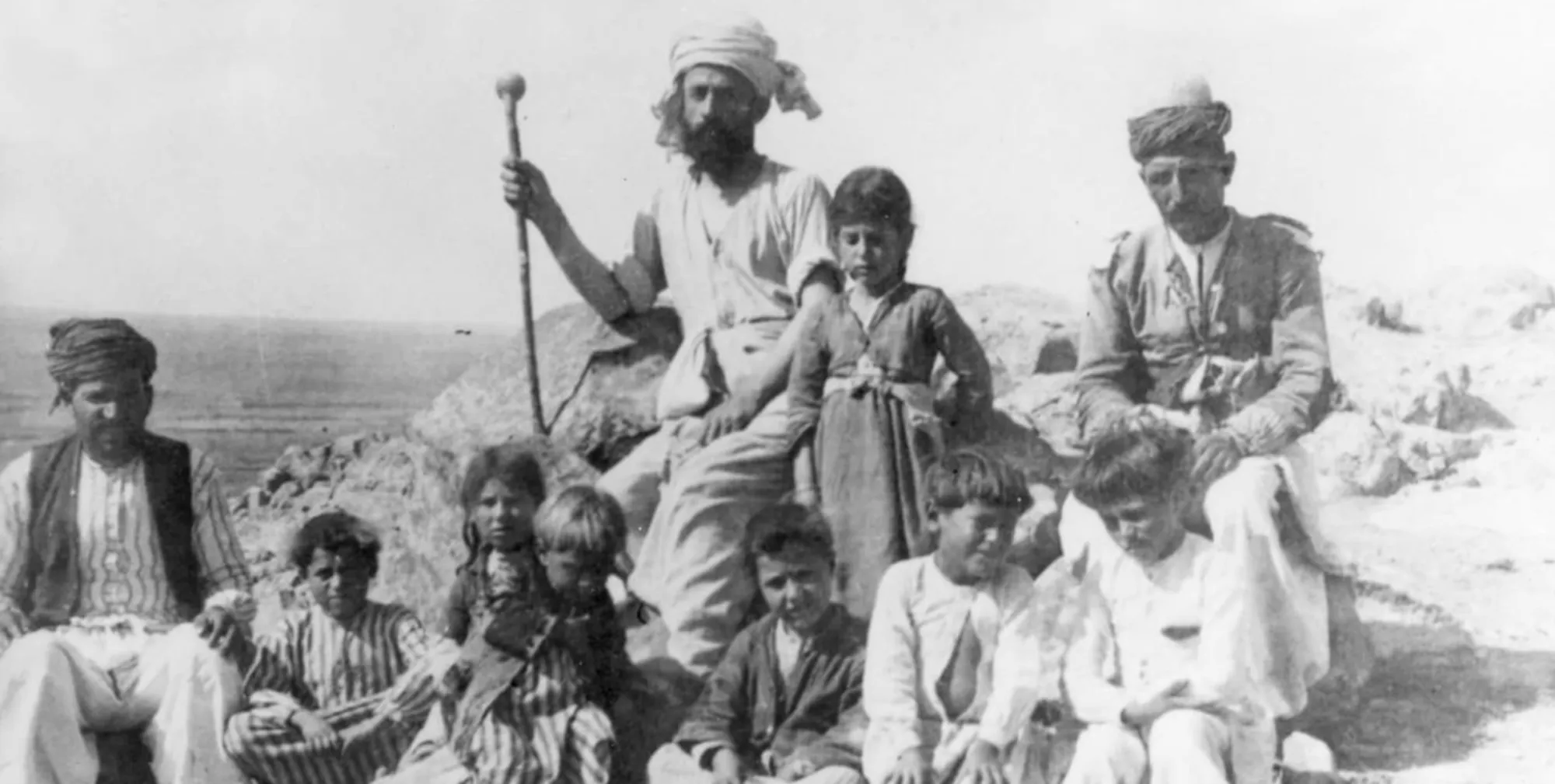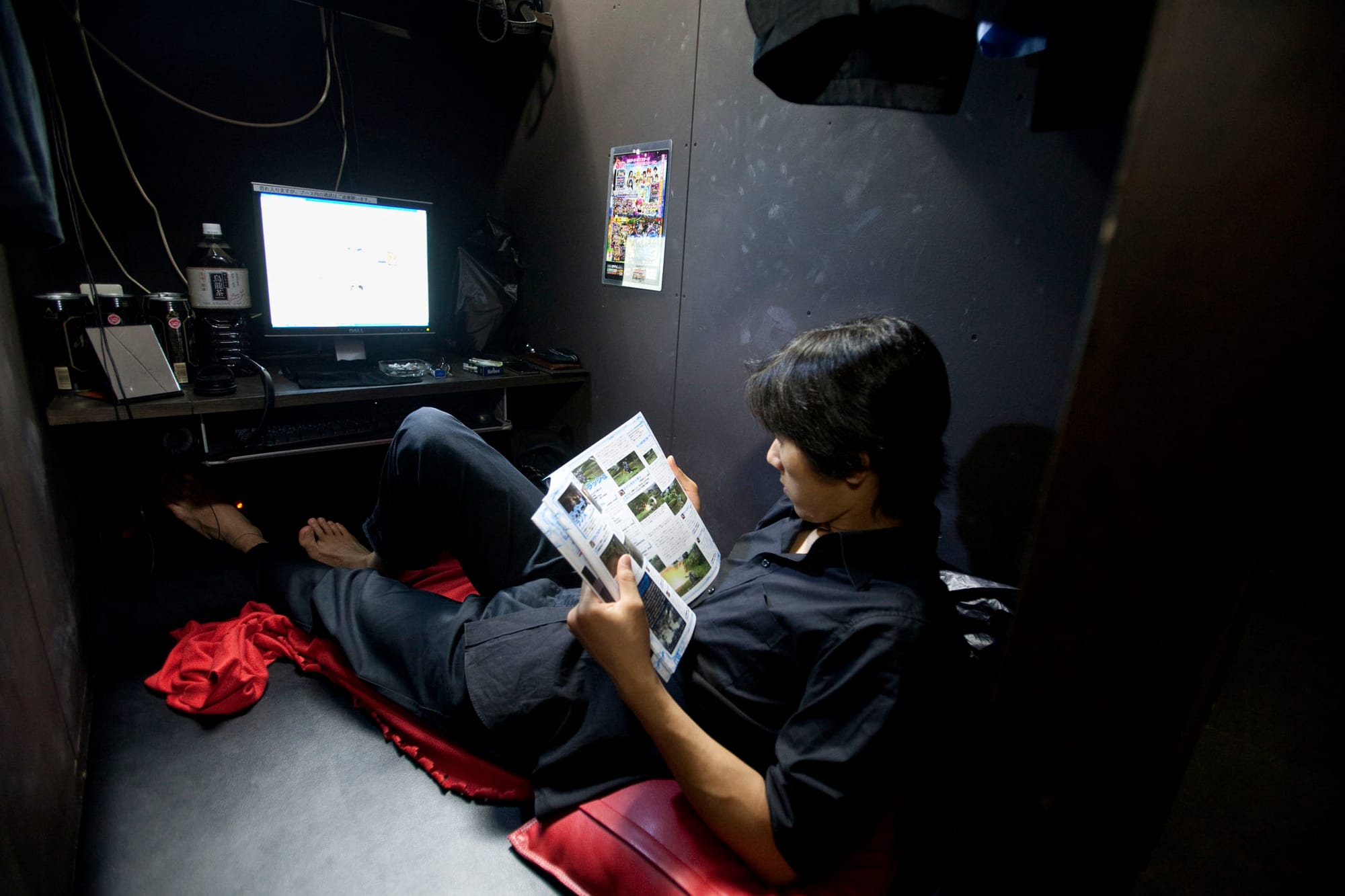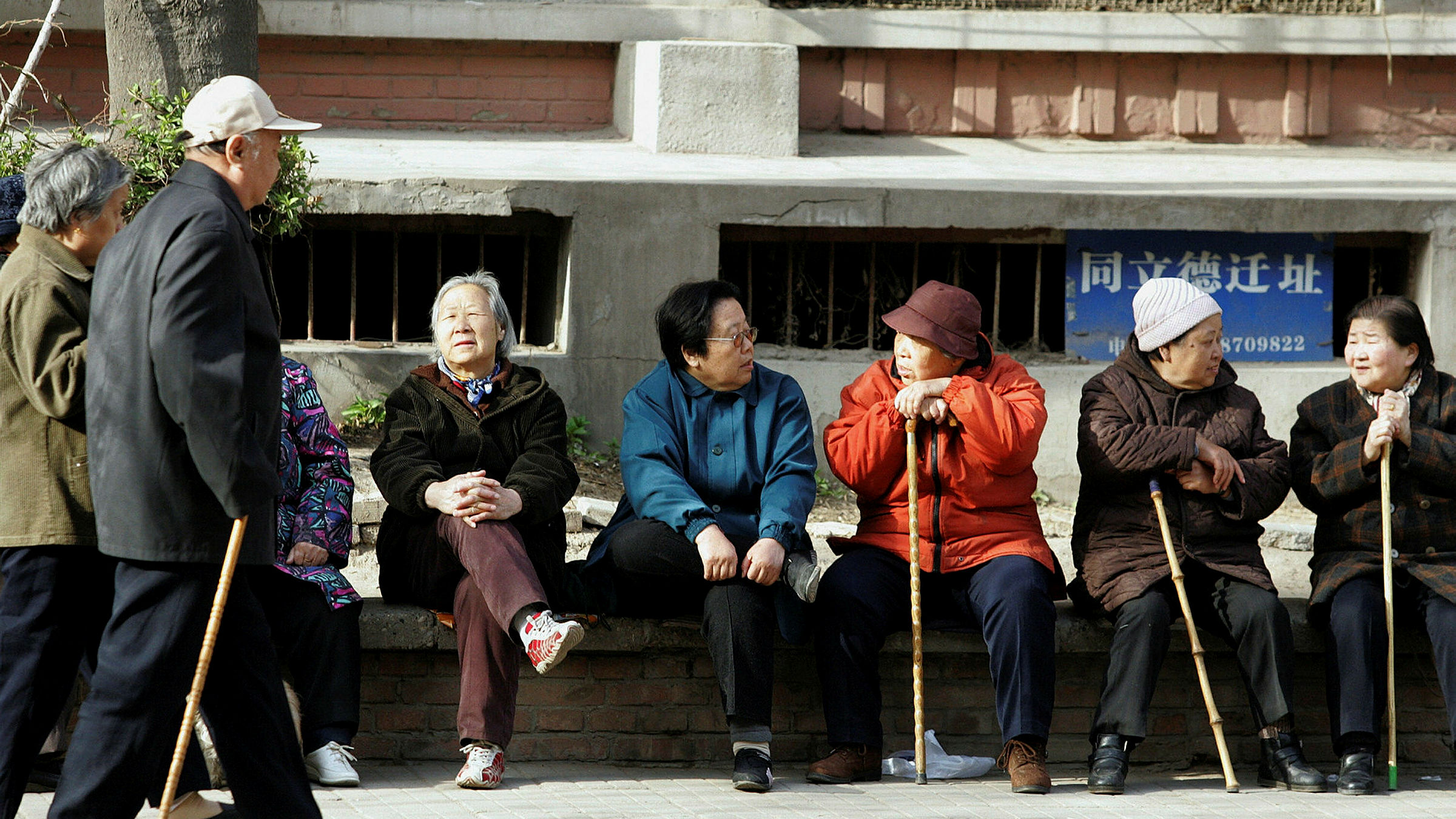Held annually in the beautiful seaside town of Sanremo, Italy, the Sanremo Music Festival has become a beloved Italian pop culture institution since its inception in 1951, helping rebuild the Italian music industry after World War II. For 70 years, the iconic song contest has evolved into a massive television event, attracting more than 13 million Italian viewers every night of the week-long festival.
The Origins of the Festival
The event began as a holiday celebration of Neapolitan music. The festival was first organised in 1932 by local municipal casino operator Luigi De Santis, during a period of rising tourism in Sanremo.. Film crews, working for the fascist regime at that time, captured this event, which originally went by the name Neapolitan Festival of Songs, Traditions, and Customs, and took place in the ballroom of De Santis’s casino from December 24, 1931, to January 1, 1932. Amilcare Rambaldi, a 20-year-old floriculturist from the area, was one of the main guests. In 1945, Rambaldi—a former partisan resistance member—was assigned by the National Liberation Committee to plan events aimed at reviving the city's economy following World War II. Recalling the Neapolitan festival’s success fourteen years prior, he suggested organising an Italian
song contest in the casino’s party room. This festival ended up being called the Viareggio festival (between 1948-1949), and, although it did not become the now-famous Sanremo Music Festival, it still indirectly contributed to paving the way for it. As a summertime visitor to Viareggio, Pier Busetti, the manager of the Sanremo casino, had observed the Viareggio festivals and took inspiration from them to Sanremo.
Increasing Popularity
In 1955, the festival began to be broadcasted on RAI’s second television channel, exposing it to more Italians than before. The national television audience began to grow over the late 1950s into the 1960s, as did the impact of the festival on the Italian, but also global, population. Big names of the times such as Domenico Modugno, Claudio Villa, and Johnny Dorelli became famous, turning their Sanremo victories into enormous record sales and fame. Modugno’s win in 1958 with “Nel Blu Dipinto di Blu” (known as “Volare”) encapsulated the growing spectacle, as his operatic performance ushered Italian music into new creative territories at the dawn of the rock era. Italy was captivated, with the song going on to become one of the biggest international Italian crossover hits ever. Throughout this period of golden Italian Pop music, the Sanremo festival became a television ritual for people. Legends such as Louis Armstrong and Frank Sinatra were attracted by the festival, and performed on its stage in 1962 and 1967, respectively.
How has the festival survived?
The Sanremo Music Festival has managed to not just survive but thrive over 70 years for 3 important reasons, tied with Italian culture: Firstly, by uniting generations and regions across Italy, the festival provides television that has brought together families across different age groups in a nation where multi-generational households are common. Its emphasis on iconic melodies sung in Italian transcends regional dialects and traditions.
Secondly, it celebrates cultural heritage. Hearing the likes of Tony Renis, an Italian singer, but also a man of many other talents, such as acting and music producing, and other artists from genres such as modern rap and trap, allows viewers to all feel connected through their love of music. The continuity of this is comforting.
Finally, encouraging interaction and competitive participation has helped the festival thrive. Interactive social components of the concert, like the public vote, make audiences feel invested and have a sense of participation beyond just the simple viewing from home, especially since the winner will go on to represent the country at Eurovision. There is also the all-important aspect of competitiveness between the young upcoming artists. This determination also makes the event more enjoyable for viewers, as some have made it their dream from a young age to participate in Eurovision.
The 2024 Edition
Beloved showman Amadeus presented the recently finished 2024 edition of Sanremo for the fifth consecutive year. Under the direction and creative leadership of Amadeus, the 74th Sanremo Music Festival took place from February 6–10, 2024, at the Ariston Theatre in Sanremo. Angelina Mango, with her song "La Noia", claimed her place as Italy's participant in the Eurovision Song Contest 2024. The 23-year-old artist came 7th at the Eurovision Song Contest and gained 268 votes, an impressive performance from the young Basilicata born singer, who is sure to make a big name for herself in the near future.
